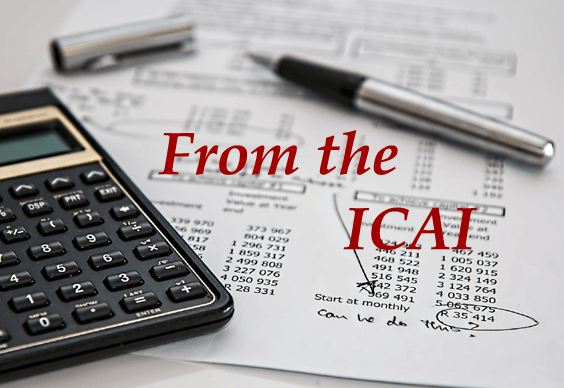Wrongful tax claims: File revised, updated ITR before I-T dept's scrutiny
Jan 20, 2025
Once a wrongful claim is detected, penalties follow
A recent media report reveals that around 90,000 salaried individuals from public and private sector companies withdrew tax deduction claims worth Rs 1,070 crore as on December 31, 2024. With extensive data available to the Income-Tax (I-T) Department from multiple sources, the likelihood of detecting wrongful claims is now significantly high.
Modus operandi
Employers grant tax deductions based on receipts and proofs submitted by employees. “The employer accepts these documents in good faith and cannot independently verify their authenticity beyond basic checks,” says Neeraj Agarwala, partner, Nangia & Co. Employees can also bypass employer checks altogether by claiming deductions directly. “An employee can claim applicable deductions directly in their income tax return (ITR) and claim a refund for the excess tax deducted by the employer, or get the excess tax adjusted against some other income,” says Agarwala.
When employers ask for proofs, some employees generate fake documents using editing software. Forged tickets are also employed to avail of leave travel allowance (LTA). Fraud also occurs via wrongful donations to charitable trusts or political parties, where the donor receives cash kickbacks after paying a small commission.
House rent allowance (HRA) is also claimed falsely. “Many taxpayers claim this exemption without making an actual payment to a landlord,” says Naveen Wadhwa, vice president, research and advisory, Taxmann.
How are frauds detected?
Tenants paying over Rs 1 lakh per annum must disclose their landlord’s permanent account number (PAN). “Once the I-T Department has the landlord’s PAN, it can cross-check if the rental income is reflected in the landlord’s ITR. If not, the department may initiate an enquiry to verify the existence of a rental agreement and whether the landlord actually receives rent,” says Arvind Rao, founder, Arvind Rao & Associates.
In case of charitable donations, trusts must submit Form 10BD to the I-T Department, providing the donor’s name, PAN, amount received, and so on. Trusts also issue Form 10BE to donors, acknowledging the donation. “Fraudulent transactions may be uncovered during search proceedings, if tax officials find documents containing details of fake donors,” says Wadhwa. Suspicious spikes in contributions to trusts or political parties often trigger a scrutiny.
Rao underscores the point that an employee may face scrutiny based on not just their ITR, but on data
from third parties.
Penal consequences
Once a wrongful claim is detected, penalties follow. “The tax benefit obtained must be repaid with interest under sections 234B and 234C of the I-T Act. Additional penalties under Section 270A range from 50-200 per cent of the tax evaded. Severe cases may lead to prosecution under Section 276C for wilful tax evasion,” says Suresh Surana, a Mumbai-based chartered accountant.
Taxpayers can rectify claims by submitting a revised return before the due date. After the due date, an updated ITR can be filed within two years of the end of the relevant assessment year, but it involves additional taxes. Finally, if taxpayers voluntarily withdraw a claim and pay the appropriate tax before detection, no penalty is levied.
[The Business Standard]

